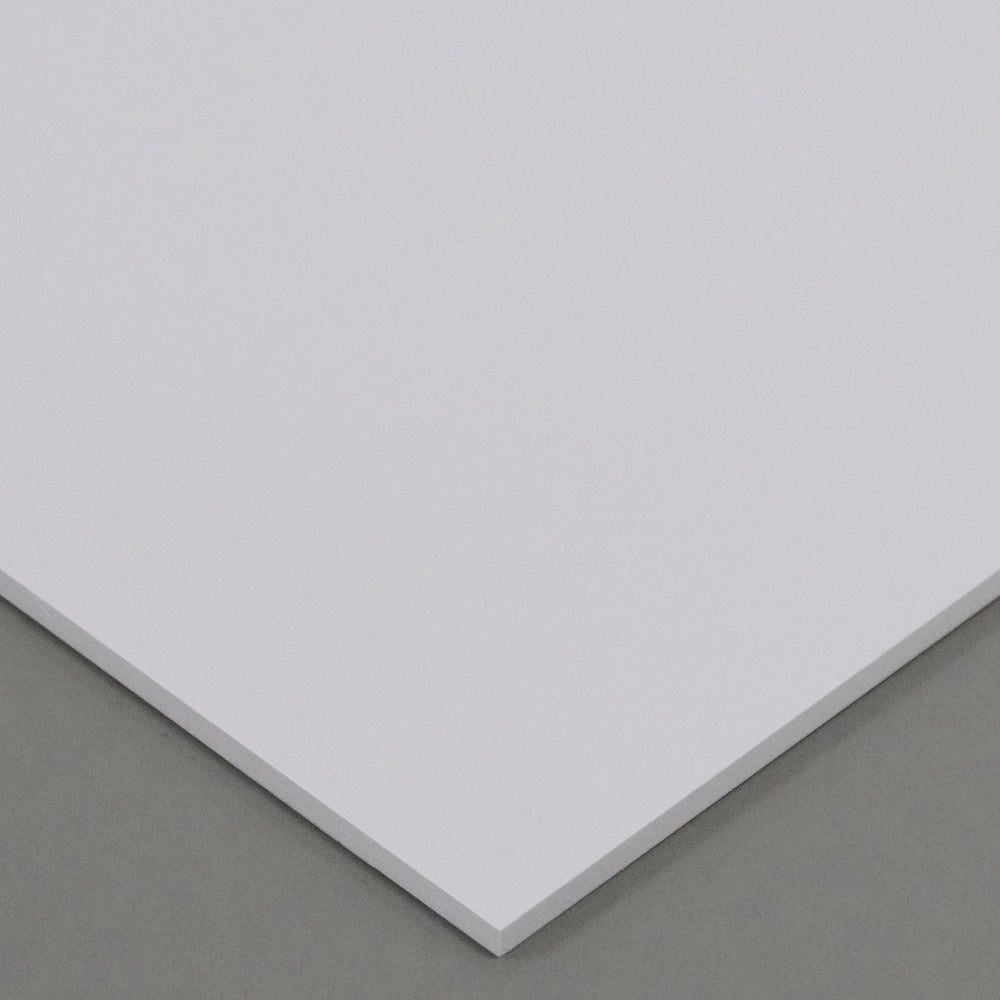PVC cladding, a popular choice for interior wall coverings, has gained attention for its durability, versatility, and aesthetic appeal. However, can PVC cladding be used outside? In this blog post, we will delve into the possibilities and limitations of utilizing PVC cladding in outdoor settings. By examining its properties, installation considerations, and maintenance requirements, we aim to provide a comprehensive understanding of whether PVC cladding is a suitable option for exterior applications.
- Understanding PVC Cladding:
PVC cladding, also known as vinyl cladding, is a synthetic material made from polyvinyl chloride. It is renowned for its resistance to moisture, rot, and insects, making it a popular choice for interior wall coverings. However, its suitability for outdoor use requires further investigation. - Weather Resistance:
One of the primary concerns when considering PVC cladding for outdoor applications is its ability to withstand various weather conditions. PVC cladding is designed to be weather-resistant, capable of withstanding exposure to sunlight, rain, wind, and temperature fluctuations. Its UV-resistant properties ensure that it does not fade or degrade when exposed to sunlight for prolonged periods. - Installation Considerations:
Proper installation is crucial for the long-term performance of PVC cladding in outdoor settings. It is essential to ensure that the cladding is securely attached to the exterior surface, providing a tight seal to prevent water infiltration. Additionally, proper ventilation behind the cladding is necessary to prevent moisture buildup and potential damage to the underlying structure. - Maintenance Requirements:
While PVC cladding is relatively low-maintenance, regular cleaning is necessary to maintain its appearance and functionality. Simple cleaning routines, such as using mild detergent and water, can effectively remove dirt and grime. However, it is important to avoid abrasive cleaners or tools that may damage the cladding's surface. - Limitations and Alternatives:
Despite its many advantages, PVC cladding does have some limitations for outdoor use. It may not be suitable for areas with extreme temperature fluctuations, as the material can expand and contract. Additionally, PVC cladding may not provide the same level of insulation as other materials, such as wood or fiber cement. In such cases, alternative cladding options should be considered.
Conclusion:
In conclusion, PVC cladding can be used outside, provided that certain considerations are taken into account. Its weather resistance, durability, and low-maintenance nature make it a viable option for exterior applications. However, proper installation and regular maintenance are crucial for ensuring its long-term performance. By understanding the properties and limitations of PVC cladding, individuals can make informed decisions when considering it for outdoor use.
